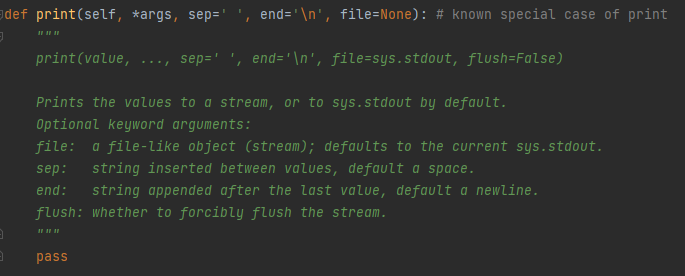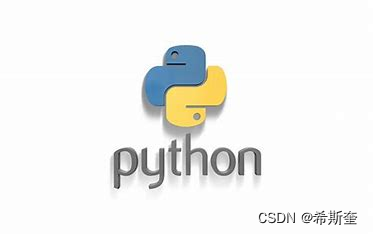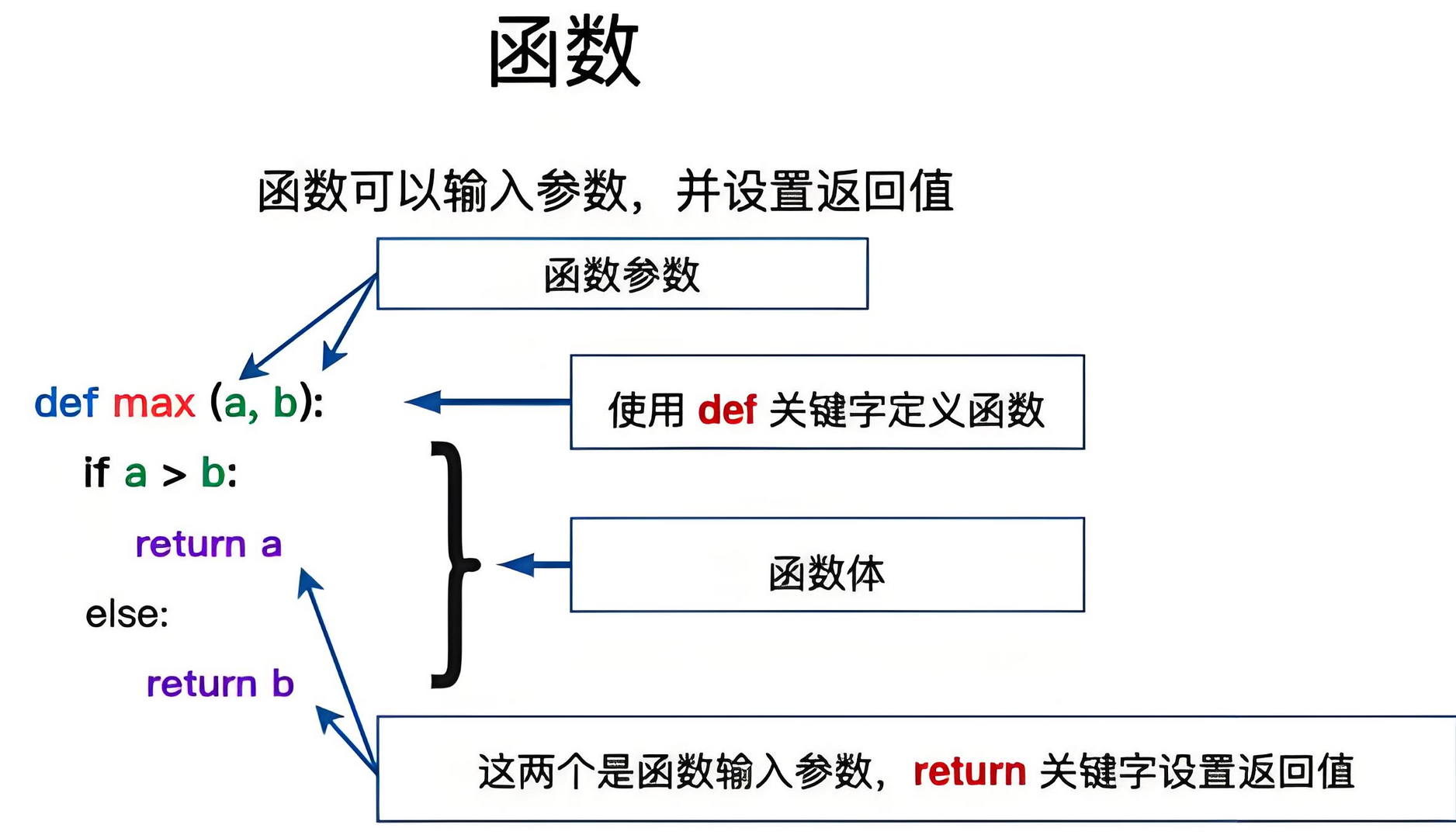很酷的站长
作者相关精选
【说站】python在函数中传递实参
前往小程序,Get更优阅读体验!
立即前往
【说站】python在函数中传递实参

很酷的站长
发布于 2022-11-23 05:47:32
发布于 2022-11-23 05:47:32
1.7K00
代码可运行
举报
运行总次数:0
代码可运行
python在函数中传递实参

1、使用位置实参
若要使函数接受不同类型的实参,则必须将接受任意数量实参的形参放在函数定义的最后。首先,Python匹配位置实参和关键词实参,然后将剩余的实参收集到最后一个形参中。
代码语言:javascript
代码运行次数:0
运行
AI代码解释
复制
>>> def person(city, *args):
... print('city: ' + city + ', other args:')
... for value in args:
... print(value)
...
>>> person('beijing', 'name', 'age', 'tel')
city: beijing, other args:
name
age
tel2、使用关键字实参
有时需要接受任意数量的实际参数,但是不知道传递给函数的信息是什么样的。在这种情况下,可以将函数写成可以接受任意数量的键值对。一个例子是创建用户介绍:知道会收到关于用户的信息,但是你不确定会是什么样的信息。
代码语言:javascript
代码运行次数:0
运行
AI代码解释
复制
>>> def person(city, *args):
... print('city: ' + city + ', other args:')
... for value in args:
... print(value)
...
>>> person('beijing', 'name', 'age', 'tel')
city: beijing, other args:
name
age
tel以上就是python在函数中传递实参的方法,希望对大家有所帮助。
本文参与 腾讯云自媒体同步曝光计划,分享自作者个人站点/博客。
如有侵权请联系 cloudcommunity@tencent.com 删除
评论
登录后参与评论
暂无评论
登录 后参与评论
推荐阅读
编辑精选文章
换一批
推荐阅读
Python函数初识
7720
函数
7580
Python学习——函数及调用
4910
day12- 函数
1440
Python函数(二)
480
Python函数(一)
620
Python 函数的参数
1.2K0
7-函数
7500
相关推荐
十分钟快速入门 Python,看完即会,不用收藏!
更多 >领券
腾讯云开发者

扫码关注腾讯云开发者
领取腾讯云代金券
Copyright © 2013 - 2025 Tencent Cloud. All Rights Reserved. 腾讯云 版权所有
深圳市腾讯计算机系统有限公司 ICP备案/许可证号:粤B2-20090059 深公网安备号 44030502008569
腾讯云计算(北京)有限责任公司 京ICP证150476号 | 京ICP备11018762号 | 京公网安备号11010802020287
Copyright © 2013 - 2025 Tencent Cloud.
All Rights Reserved. 腾讯云 版权所有
登录 后参与评论
2
目录







